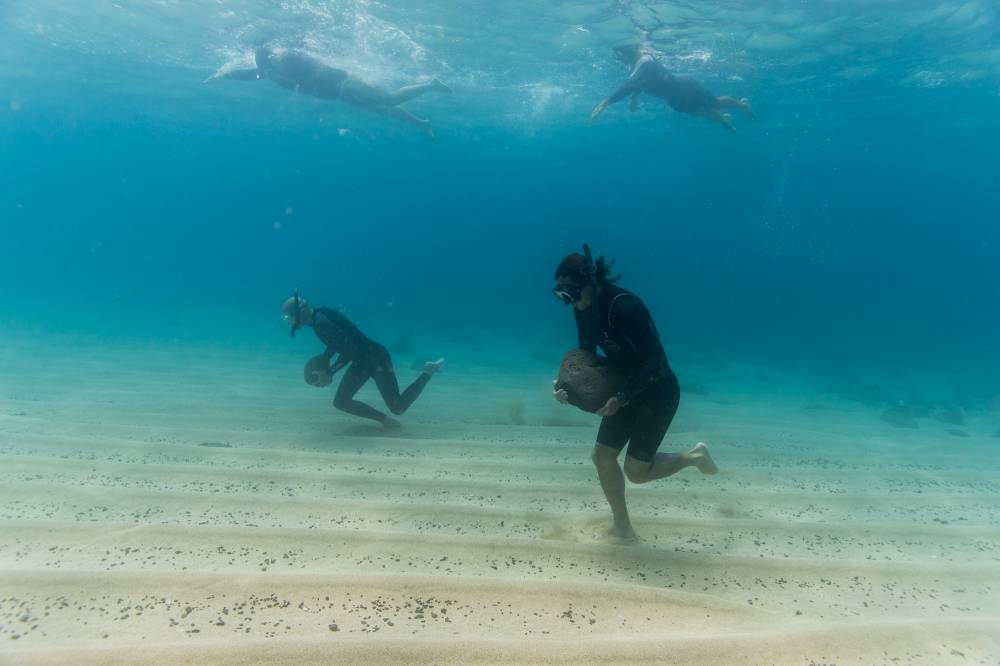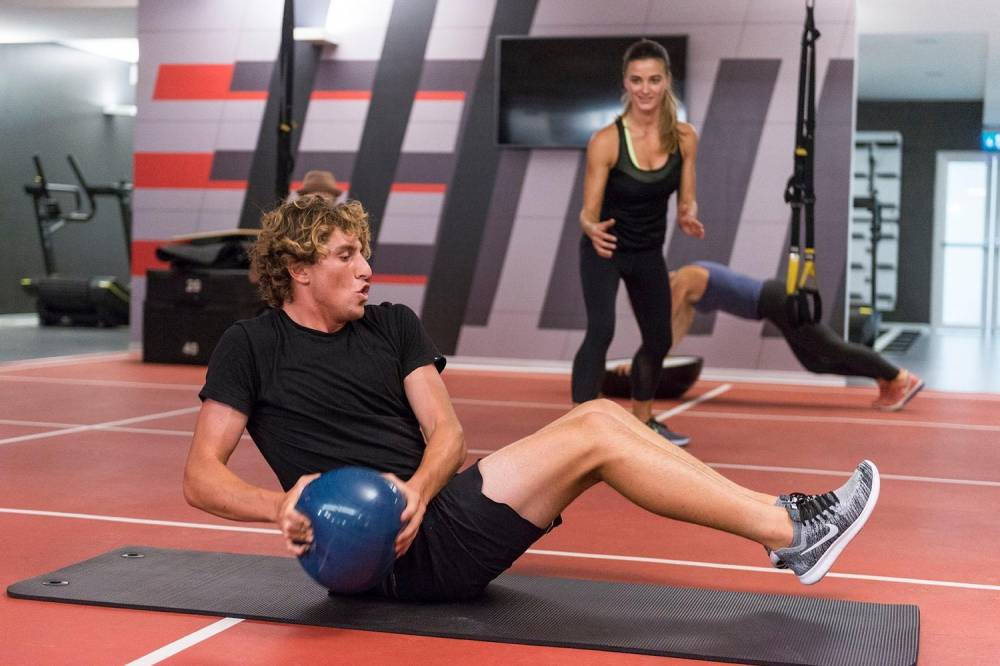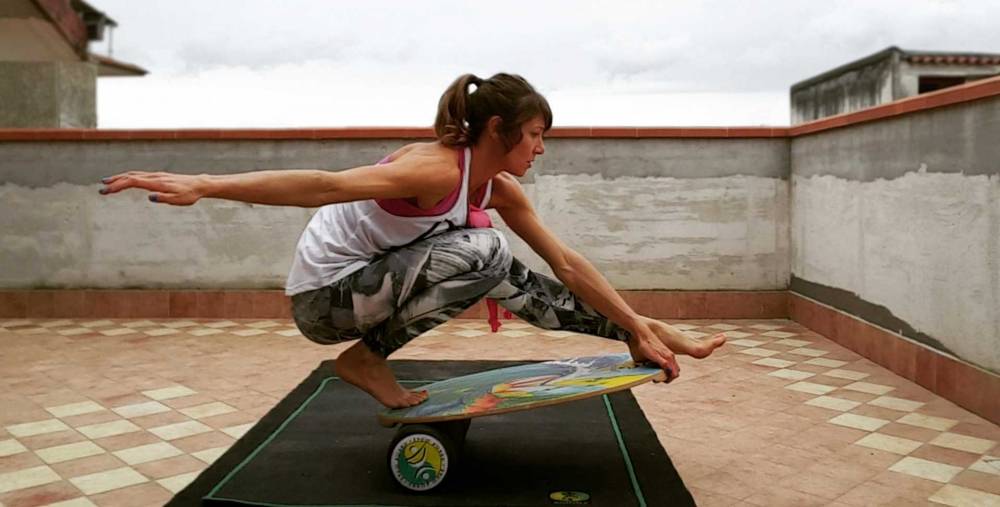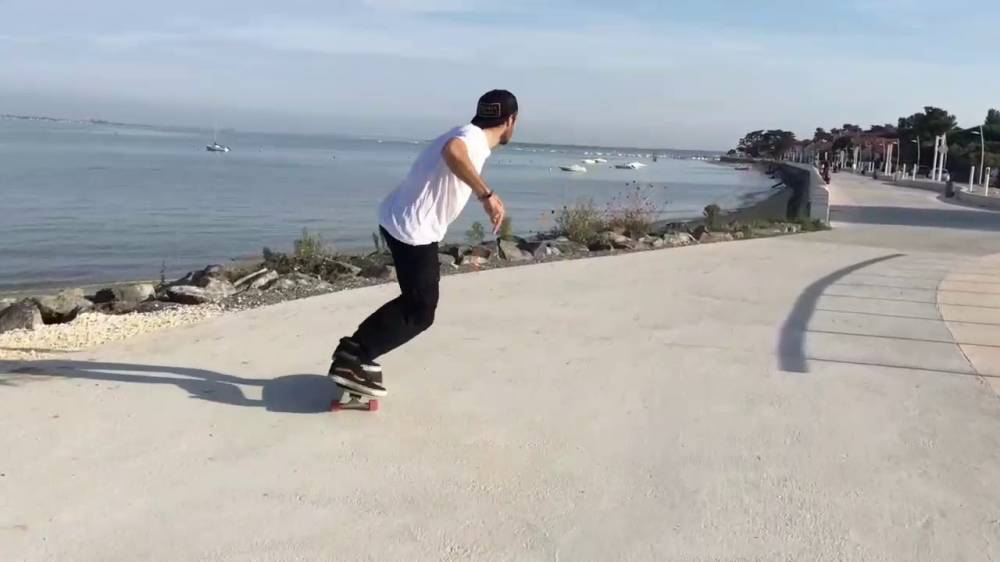Surfing is an exceptional sport and if you are on this site you probably have no doubt that it is simply the best that can exist. However it is also very hard and requires those who want to dedicate themselves to being fit and well trained because if this is not the risk is not even being able to reach the peak! A good dry workout is essential and allows you to avoid injuries, prepare muscles, reduce fatigue during outings and ultimately improve in the surf!
For a good functional training it is important to understand which skills require surfing:
1. Tenacity
2. Balance
3. Flexibility
4. Strength
5. Resistance
6. Aquatic, swimming and apnea
And what is important to focus on to improve:
- resistance and power in the rowing
- power and mobility in the take-off
- balance and control during the ride on the wave
In this post, let's see with which sports you can train each of these skills out of the water (forget the determination: if you are a surfer, in Italy, you already have tenacity to sell!) To better prepare for the next session or for the next surftrip, it being understood that the best surfing training is surfing itself.
SWIM
Surfing is 90% of the time paddling with your arms and only 10% standing on the board. This should be enough to explain why swimming remains the best training for those who surf. Swimming, particularly freestyle, is able to train us in rowing as well as train aerobic and resistance skills. Swimming training should mix smoother tubs to train resistance to aerobic sprints, as well as training apnea skills .
A good training program should include at least a couple of swimming sessions a week, tailored to your skill level. Each session should include sprint training in addition to the classic tanks, which you will need to pass the sets when you need to row as quickly as possible. A good idea is to include tanks made in a hypoxic breathing regime where you can only breathe every 7 strokes, to increase your apnea capacity. Always to improve your lung capacity, include stretches of apnea performed at maximum speed to simulate the most challenging duck dives. Being able to stay in apnea at least 60 seconds is essential for surfing safely. If in the pool in ideal conditions you do not arrive at 60 seconds it is really the case to run for cover and train yourself because at sea, with a big series that breaks you, it will come back to you more than useful. In america and in australia there are many apnea courses that are aimed at surfers.

RUNNING
Running is always a good alternative to keep fit and train resistance. Running regularly can increase aerobic capacity and endurance. The ideal would be to run 4 or 5 times a week. The workouts should mostly be at a moderate pace over a distance of 6 to 8 kilometers, but it is important to always include at least one interval workout: timed intervals, sprints and runs at different heights.
The ideal would be to set up a training program that includes both running and swimming to be practiced in 2 or 4 sessions for a minimum of 30 minutes each.
CROSS TRAINING
Cross training workouts should aim to train mostly abdominals and legs that train less in the surf than arms and backbones. Of course it is also important to develop the explosiveness to be able to row at maximum strength in the last strokes necessary for a good take off. So let's see some suggestions for exercises to do, for example after a running or swimming session.
ABDOMINALS: the abdominals are our stabilizing muscles, the main ones responsible for balance. Exercising and toning them serves to improve balance but also to compensate the stress to which the backbones are subjected in the surf and thus prevent the typical back pain located in the lumbar area
BURPEE: The burpee is a typical exercise also used in heating before entering the water. This involves quickly performing a squat, a bend on the arms, a flexion on the legs, to end with a vertical jump from which you land in the surf position.

YOGA
Yoga is now recognized as fundamental for any surfer. Taught and practiced in surf schools and as surfer training at all levels. Its advantages do not only concern the improvement of balance and flexibility but also the improvement of breathing and concentration, fundamental skills in surfing. Mental concentration and breathing help keep calm and overcome dangerous situations.
Yoga, besides being an excellent workout when you are away from the sea, is also ideal for warming up before surfing and stretching your muscles after surfing. The ideal would still be to be able to dedicate at least 15 minutes to yoga every night so as not to have a style too rigid.
The most suitable positions for those who practice surfing are those that work on the spine, shoulders, hips, knees and ankles.
Here, for example, is a video of a sequence of just 10 minutes that you can repeat every day to start, also suitable for those who have never done yoga before
BALANCE BOARD
The balance boards are a great way to train your balance at home, a toy you should never miss in a surfer's home. They can be used at any time of the day, even for just a few minutes a day, or their use can be inserted into a more complete workout. We have already talked about the balance boards in this article: Balance Board Surf Trainer

SURFSKATE
Skateboarding and even better the surfskate is another excellent way to practice dry surfing, having fun. Even for the surfskate, the same applies as for the balance boards: every self-respecting surfer should have one!
The surfskate serves above all to work on the balance, on the position and on the technique of pumping on the wave to gain speed thus passing the sections more fly of the wave. Of course it is also a good workout for your leg muscles. If you don't have one yet, I would definitely recommend getting it for you, maybe by taking a look at our 5 favorite surfskates to choose the one that's right for you.

Pubblicato il 21 giugno 2019 | Blog > Technique: SURFSKATE | SURF

